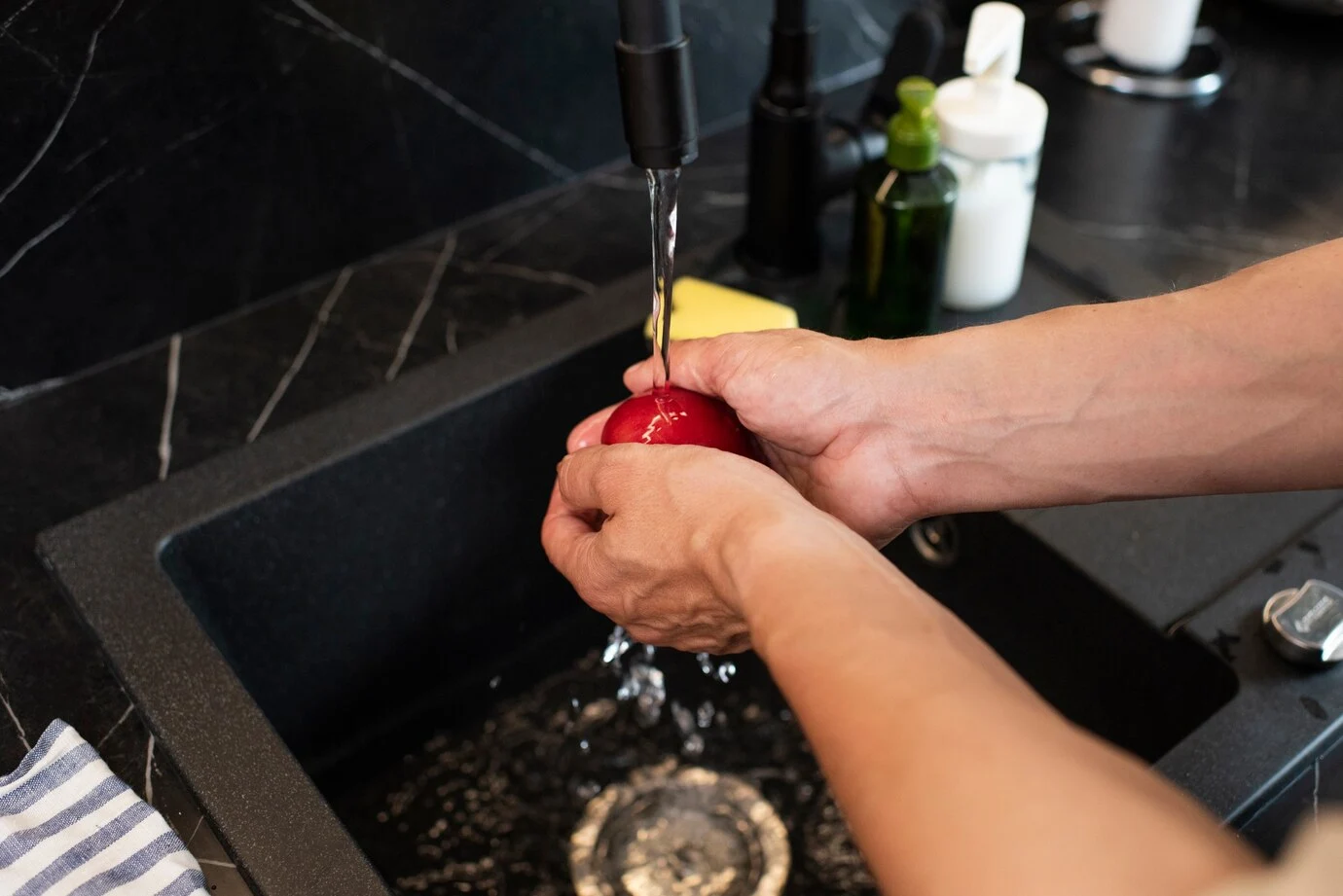Fixing a loose kitchen faucet can be a straightforward DIY task. Whether you’re dealing with a wobbly faucet or a small leak, tightening the faucet nut underneath the sink is often the solution. Here’s a step-by-step guide to help you through the process. Even if you’re not a plumbing expert, you can handle this with some basic tools and patience.
Step 1: Gather Your Tools
Before you start, you’ll need a few tools. The right tools can make the job much easier and prevent damage to your faucet.
- Basin wrench
- Adjustable pliers
- Flashlight
- Towel or small bucket
Bob Vila, a renowned home improvement expert, says, “A leaky faucet can be frustrating and wasteful. Tightening the faucet nut is a common DIY fix that can resolve the issue.”
Step 2: Turn Off the Water Supply
Safety first! Before you do anything, turn off the water supply to the faucet. You can find the shut-off valves under the sink. Turn them clockwise to shut off the water. This step prevents any unexpected water flow while you’re working.
Plumber’s Helper advises, “Always turn off the water supply before attempting to tighten the faucet nut to prevent flooding.”
Step 3: Clear the Area Under the Sink
Clear out any items stored under the sink to give yourself enough space to work. Place a towel or small bucket under the faucet area to catch any water that might drip during the process.
Step 4: Locate the Faucet Nut
Lie on your back and slide under the sink. Use a flashlight to locate the faucet nut. The nut is usually found at the base of the faucet, securing it to the sink.
Step 5: Use the Basin Wrench
A basin wrench is your best friend for this job. It’s designed to work in tight spaces and can easily reach the faucet nut. Adjust the wrench to fit the nut and turn it clockwise to tighten. If you don’t have a basin wrench, adjustable pliers can be an alternative, but be careful not to scratch or damage the faucet finish.
This Old House recommends, “Use a basin wrench to access and tighten the faucet nut efficiently. This specialized tool is designed for working in tight spaces.”
Step 6: Check the Tightness
After tightening the nut, check if the faucet is still wobbly. If it is, you might need to tighten the nut a bit more. Be careful not to overtighten, as this could damage the faucet or the sink.
Step 7: Turn the Water Supply Back On
Once you’re satisfied with the tightness, turn the water supply back on by turning the shut-off valves counterclockwise. Slowly open the faucet to check for any leaks. If there are no leaks and the faucet feels secure, you’ve successfully tightened the faucet nut!
DIY Network suggests, “If you don’t have a basin wrench, you can try using adjustable pliers, but be cautious not to damage the faucet finish.”
Personal Anecdotes and Tips
I remember the first time I had to tighten a faucet nut under the sink. I was a bit nervous about dealing with plumbing, but I found a helpful YouTube tutorial that guided me through the process. The visual step-by-step instructions made it much easier to understand what I needed to do. Since then, I’ve fixed a few more faucets and even helped a friend with theirs. It’s empowering to handle these small repairs yourself and saves you the cost of hiring a plumber.
YouTube DIY Channels note, “Visual guides can be helpful for understanding the process. Many DIY channels offer step-by-step tutorials on tightening faucet nuts.”
Unique Insights
Here are a few additional insights to keep in mind:
- Regular Maintenance: Regularly check the tightness of your faucet nuts. Over time, they can become loose due to constant use and water pressure changes.
- Use the Right Tools: Investing in a basin wrench is worthwhile. It’s specifically designed for these types of plumbing tasks and can make a huge difference in ease and efficiency.
- Check for Other Issues: While you’re under the sink, take a moment to check for any other potential issues, such as signs of leaks, corrosion, or worn-out parts. Addressing these early can save you from bigger problems down the road.
- Quality Matters: If you need to replace any parts, opt for quality over cost. Cheaper parts might save you money upfront but could lead to more frequent repairs and replacements.
Home Depot advises, “Many home improvement stores sell faucet repair kits that include the necessary tools and replacement parts.”
Resources and Studies
While there may not be specific studies on tightening faucet nuts, these resources can provide helpful guidance and tips:
- Home Improvement Websites: Websites like This Old House, Bob Vila, and The Spruce often have DIY guides and tutorials on plumbing tasks.
- YouTube Tutorials: Numerous videos demonstrate how to tighten a faucet nut, offering visual step-by-step instructions.
- Home Improvement Stores: Stores like Home Depot and Lowe’s typically have knowledgeable staff who can provide advice and sell the necessary tools.
- Plumbing Forums and Online Communities: Online forums and communities dedicated to home improvement often discuss plumbing issues, including tightening faucet nuts.
Conclusion
Tightening a kitchen faucet nut under the sink is a simple task that can save you the hassle and cost of calling a plumber. With the right tools and a bit of patience, you can fix a wobbly or leaky faucet in no time. Remember to turn off the water supply before you start, use a basin wrench for easier access, and check for other potential issues while you’re at it. With these tips and resources, you’ll be able to tackle this common household repair with confidence.
So next time your faucet feels a bit loose, don’t hesitate to grab your tools and get under the sink. You might just find that it’s easier than you thought, and you’ll gain the satisfaction of knowing you fixed it yourself. Happy fixing!









